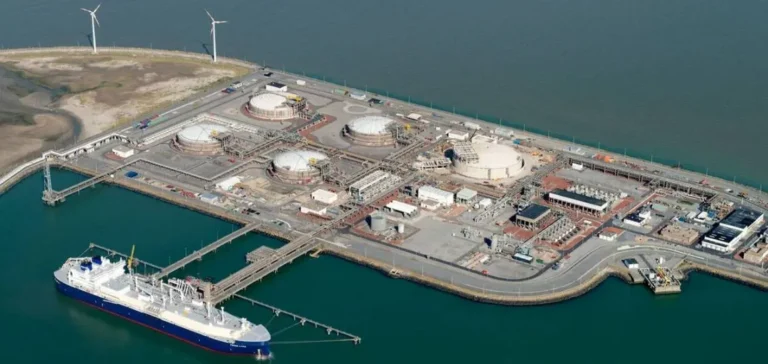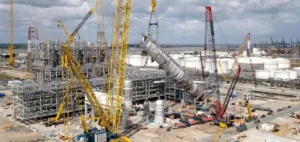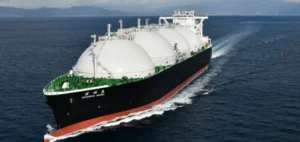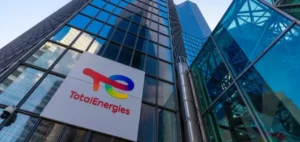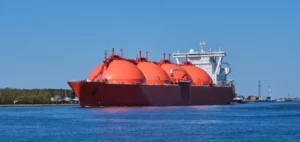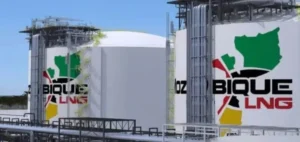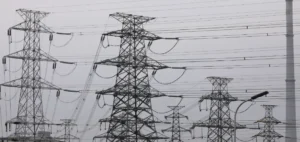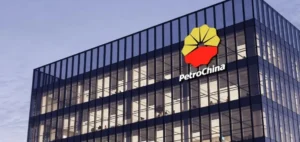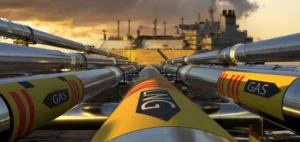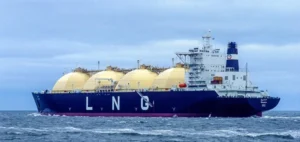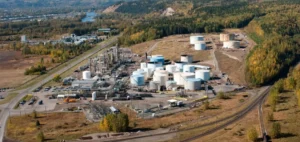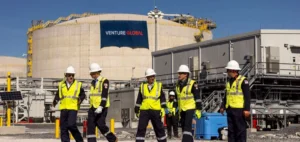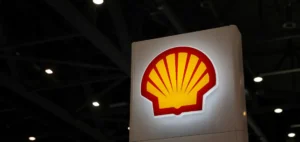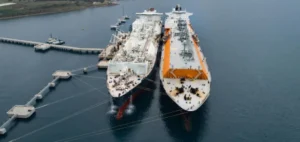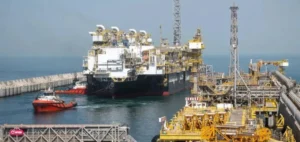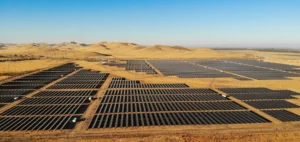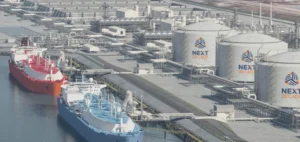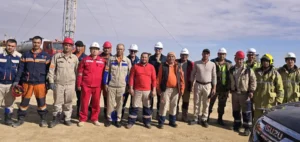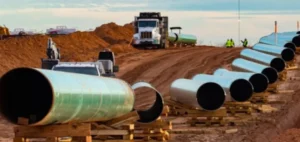The forthcoming ban on imports of Russian liquefied natural gas (LNG) by the European Union (EU) could redirect a significant share of volumes to Asian markets, according to several industry sources and analysts. This shift would follow the European Commission’s 19th package of proposed sanctions, which aims to end all European imports of Russian LNG from the start of 2027.
Impact on current Yamal LNG flows
The Yamal LNG project, with an annual capacity of 17.4 million mt in northern Russia, currently ships a large share of its output to Europe. However, these flows could be progressively removed. Deliveries sold on the spot or short-term market, representing about 10 Bcm per year, could disappear as early as April 2026. Long-term contracts, meanwhile, are expected to be phased out by end-2027, or end-2026 if a new sanctions clause is adopted.
The Murmansk transshipment platform, currently used to bypass the transshipment ban at EU ports that took effect in March, cannot be used further because it is designated under “Specially Designated Nationals” status. This restriction complicates the transfer of cargoes by ship to Asia.
Maritime constraints and alternative solutions
Transporting Yamal LNG to Asia relies on a three-stage route: an Arctic passage requiring Arc7 ice-class LNG carriers, a transshipment to conventional carriers, and a southbound voyage to Asian ports. The shortage of Arc7 vessels significantly constrains the first leg of the journey. To work around these constraints, some operators are considering ship-to-ship (STS) transfers in the Mediterranean or in the Kamchatka region.
According to a study published in August, before the ban was brought forward, the number of tankers needed to move all cargoes to Asia could double, from 18-29 to 35-68. This increase would result from a significant lengthening of the voyage, notably via the Cape of Good Hope.
Reactions from Asian buyers
Potential buyers in China, India and Japan indicated that interest in Yamal cargoes would depend mainly on price and supply stability. A Chinese market participant said that “China’s appetite for Yamal cargoes will ultimately depend on the level of discount to the Japan Korea Marker (JKM).”
In India, an executive at a state-owned gas company confirmed that purchases would be possible if cargoes were offered, while highlighting current difficulties in financing transactions. Two Japanese companies that buy from the Sakhalin 2 project do not rule out purchasing Yamal volumes provided conditions of flexibility and reliability are met.
Ongoing reallocation of Russian flows
Current dynamics already reflect a gradual reorientation of Russian volumes. Sanctioned Russian LNG carriers have recently delivered cargoes from the Arctic LNG 2 project six times at the Tieshan terminal in the Port of Beihai in southern China in recent weeks. Russian flows thus appear to be aligning with a new logistical and geographical pattern, with Asia as the main outlet if the European market is closed.


